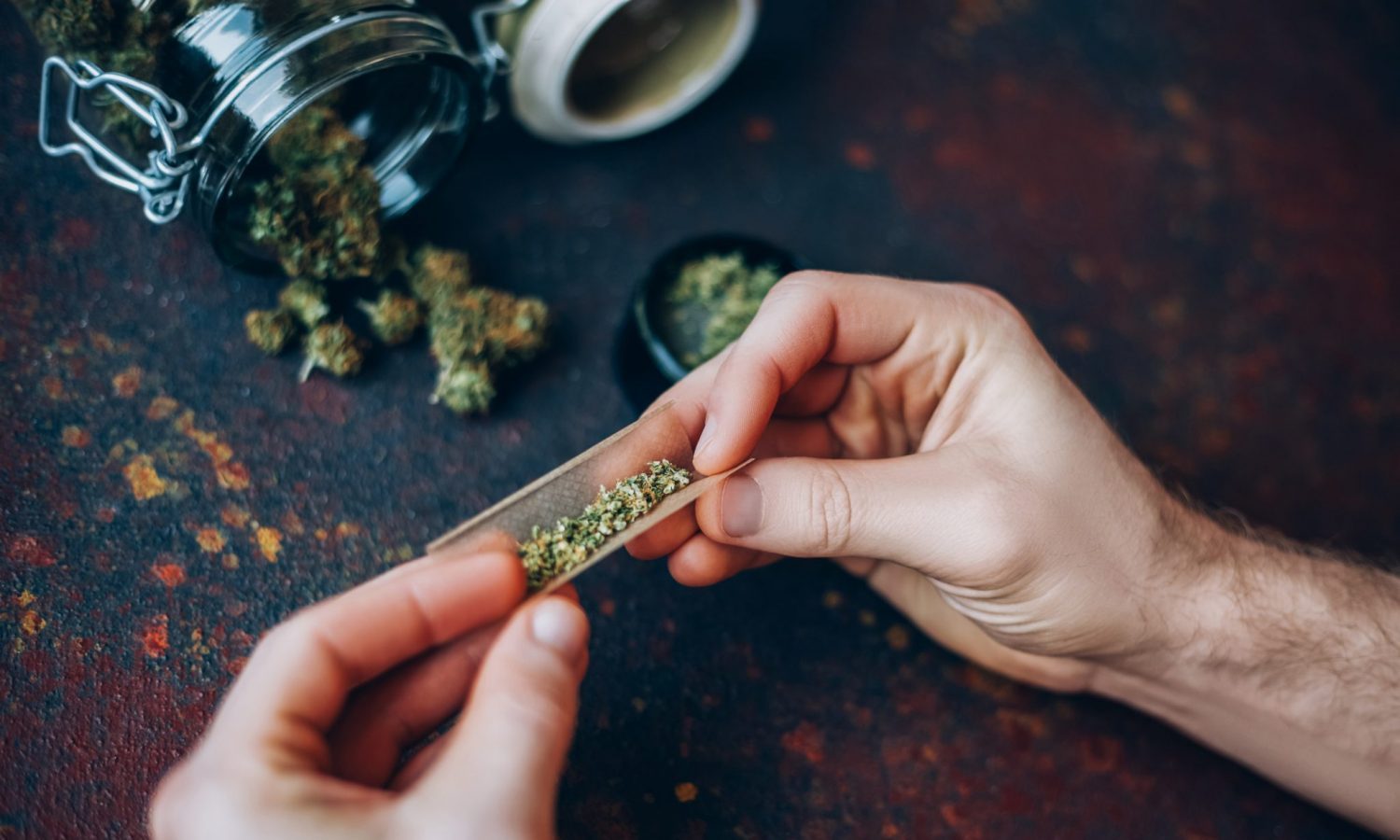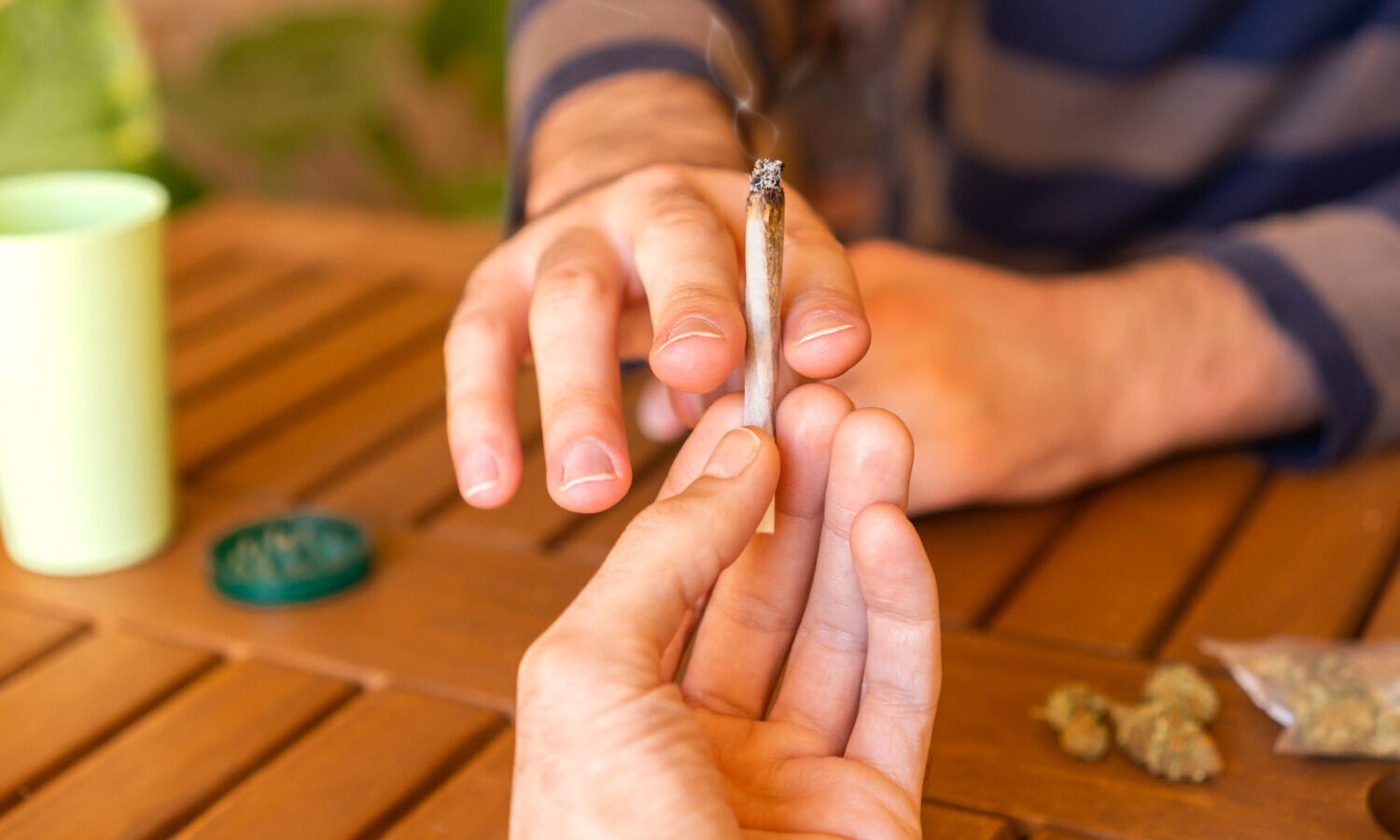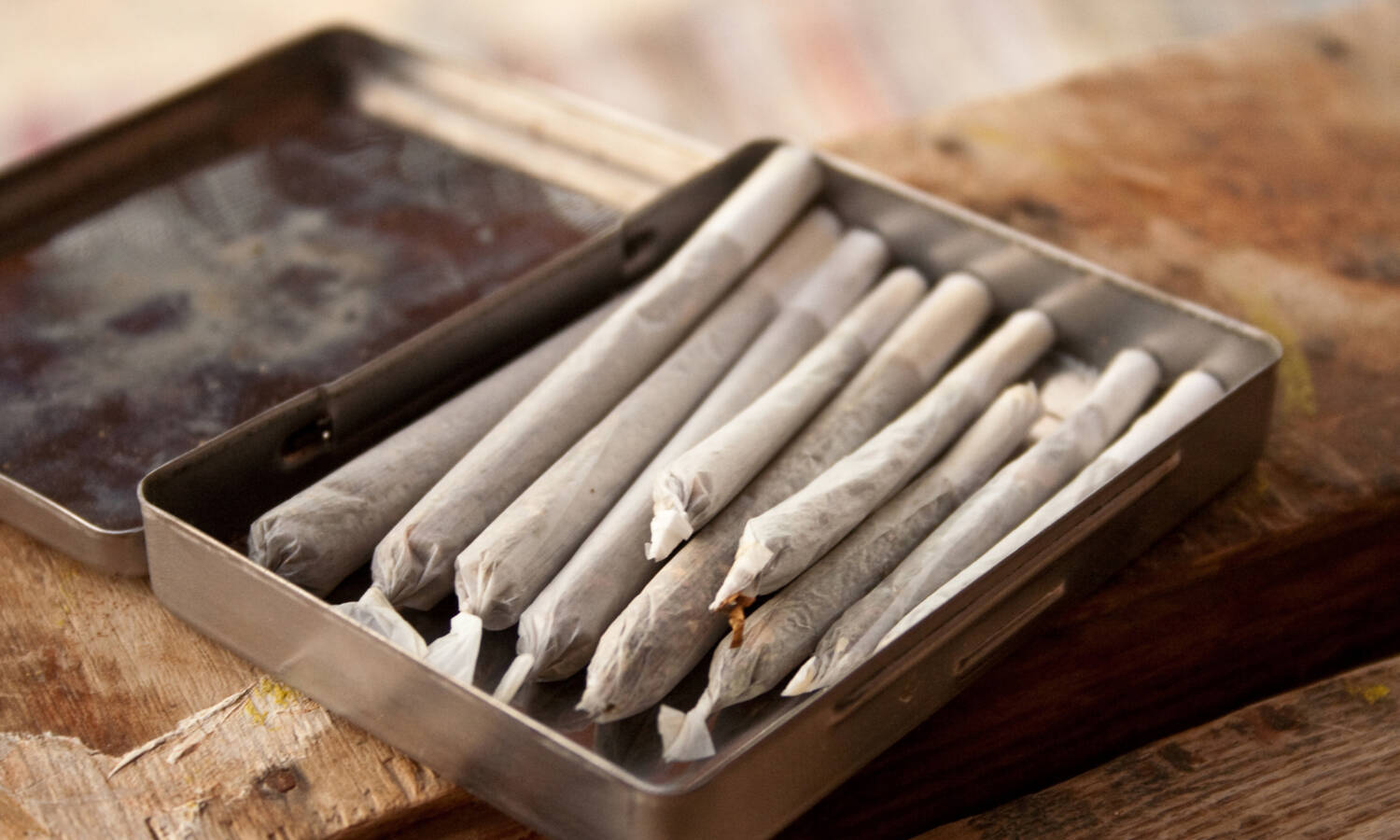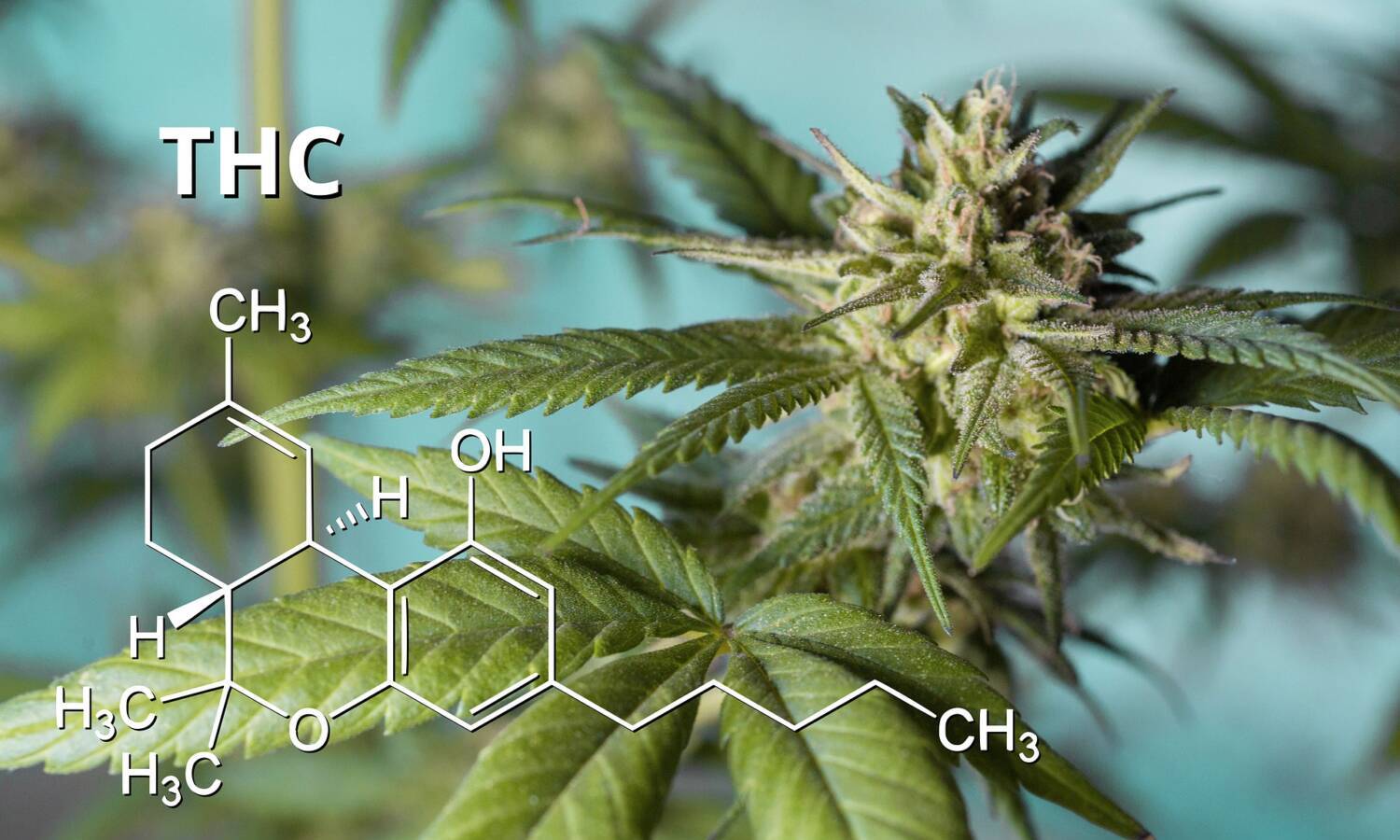Many of these THCs are not pharmaceutically or commercially available, but it’s a joy to know that varied variants of psychoactive compounds are constantly being discovered.
This article originally appeared on Cannabis.net and has been reposted with permission.
How many types of THC are there and which one is the strongest? A lot of cannabis users are very familiar with delta-9 THC and the effects it has on our bodies and mind. At a basic level, an average cannabis consumer recognizes that the major psychoactive compound present in cannabis is THC — it is responsible for the high feeling one gets after cannabis use.

RELATED: Beyond CBD And THC: The Hottest Cannabinoids And Terpenes You Should Know
However, what many consumers don’t know is the number of different THCs there are. So, in this article, we’ll briefly talk about 15 distinct THC compounds. Although more THCs still exist, these 15 are the most common ones.
THCA – Tetrahydrocannabinolic Acid
THCA is the natural THC present in all raw marijuana plants. However, once raw cannabis is heated THCA frees its carboxylic acid group, transforming to delta-9 THC. This entire process is called decarboxylation.
THCA can be found everywhere in a cannabis plant. It is present in the leaves, flowers, and stems. The psychoactive effects of THCA in itself are minimal, so don’t expect much from it. Although some chew on the stems and leaves to get some relaxing effects. However, once decarboxylation occurs, the mind-altering psychoactive effects come into play
Delta 3 to 7
‘Delta’ is a term used in chemistry to signify the location of a double bond on a carbon chain molecule. When it comes to THC, there are many variations. For instance, with the popular delta-9, the double bond is on the ninth carbon chain. This means the location of a double on a carbon chain gives an entirely different variety of THC.
This means delta-7 THC, delta-6 THC, delta-5 THC, delta-4 THC, and delta-3 THC are synthetic isomers of delta-9 THC. These isomers were formulated in the lab between 1940 and 1970 to create various THC versions that could medically help patients. Not just that, different variants were also created to tackle problems like stability and shelf life.
Delta-8, Delta-9, and Delta-10
The most common type of THC is delta-9. When people talk about THC more times than not, they are referring to delta-9 THC. This is because it is the primary psychoactive compound present in cannabis plants.
But what happens when delta-9 ages? Well, when delta-9 THC degrades and oxidizes, what we get is a large quantity of CBN (a cannabinoid) and a small amount of delta-8 and other travel compounds and cannabinoids. This oxidation gives delta-8 a more stable property, causing it to have more medical applications compared to delta-9. However, delta-8 THC is naturally available in minute amounts in cannabis plants, so it is often synthesized in the lab.

RELATED: High THC Weed: A New Form Of Reefer Madness Or Worth The Panic?
As for delta-10 THC, it is a completely synthesized cannabinoid discovered through serendipity. The delta-10 THC trend kicked off in California when Fusion Farms accidentally produced crystals that were slightly different from the usual cannabinoids. Hence, the new THC synthesized was dubbed delta-10 THC.
11-hydroxy-THC
11-hydroxy-THC is not a cannabinoid when examined closely. It is more of a metabolite our bodies create when we consume THC in a specific way. When plant-based THCs like delta-9 or delta-8 THC are eaten, the body digests them and metabolizes them courtesy of the liver. The resulting metabolite formed is 11-hydroxy-THC, a more powerful tetrahydrocannabinols than delta-8 and delta-9.
This entire process is called the first-pass metabolism and this is why orally ingesting cannabis products gives a prolonged and more intense effect than smoking. For this reason, delta-8 edibles are just as potent as delta-9 edibles but similar things can’t be said to go vape or flower products.
THCV, THCP, and THC-O
Tetrahydrocannabivarin, or THCV is a naturally occurring THC analog. It comes from the breakdown of CBGVA, a precursor cannabinoid into tetrahydrocannabivarin acid (THCVA). An interesting thing about THCV is its interaction with the endocannabinoid system and its effects on weight and appetite.
Meanwhile, Tetrahydrocannabiphorol (THCP) is a distinct THC analog-type known as a homolog. Homologs are molecules that belong to a compound series that differs by a reacting unit from each other. In this case, the alkyl side chain is the repeating unit. While delta-9 THC has an alkyl side chain of 5 terms, that is, it has 5 carbon atoms in total, THCP has an alkyl side chain of 7 terms.
THC-O
THC-O-Acetate is a byproduct of a distinct decarboxylation type known as LTA decarboxylation. This decarboxylation process is quite different from the usual light or best-induced decarboxylation method. LTA decarboxylation makes use of lead tetraacetate, a very toxic compound to stimulate oxidative decarboxylation which results in the formation of acetate ester.
THC-O is not naturally occurring and can only be manufactured using this process. To this end, THC-O is a synthetic delta-9 analogs. While it has gained some popularity, it is vital to note that it is a compound present in any quantity in the cannabis plant.
RELATED: Scientists Discover New Cannabis Compounds, But What Exactly Are They?

Just Discovered: THCB and THCh
Delta-9 tetrahydrocannabihexol and cannabidiol (CBDh) were discovered by the same group of Italian scientists who first isolated CBDP and THCP. These phytocannabinoids were discovered in 2020, and that was found to be a hexyl delta-9 THC homolog. Instead of an alkyl side chain like most THCs, THCh holds an n-hexyl side chain.
A similar situation also applies to THCB (tetrahydrocannabutol). While little information is available on this THC, it is also a delta-9 THC homolog but the major difference is the alkyl side chain being replaced by a butyl side chain.
So, which THC is the strongest?
The answer to this question isn’t straightforward. Referring to the strongest THC depends on some factors. Is it in terms of consumption methods or product types? To further elaborate, if what you need is the strongest smokable THC, then the answer would be THC- I. The downside here is that the THC is completely synthetic and its long-term effects remain unknown.
On the other hand, if you need a naturally occurring THC, then THCP would be the most powerful. Sadly, it comes in trace amounts, so you won’t find plenty of it in raw flowers. Thankfully, THCP usually comes in concentrates so you can just buy that. However, if you like to eat edibles, 11-hydroxy-THC is your best bet since it is a very potent metabolite form of delta-8 and delta-9 THC. But if you don’t like edibles, you will be having none of 11-hydroxy-THC.
Conclusion
In today’s market, varieties of cannabinoids are certainly not lacking. However, a lot of these THCs are not pharmaceutically or commercially available, but it’s a joy to know that varied variants of psychoactive compounds are constantly being discovered.
This article originally appeared on Cannabis.net and has been reposted with permission.


